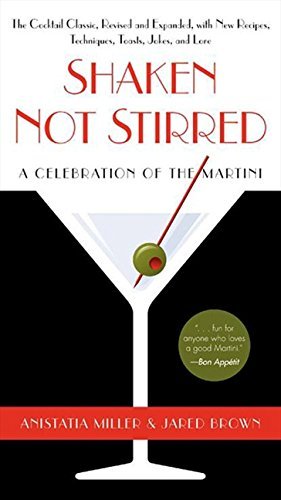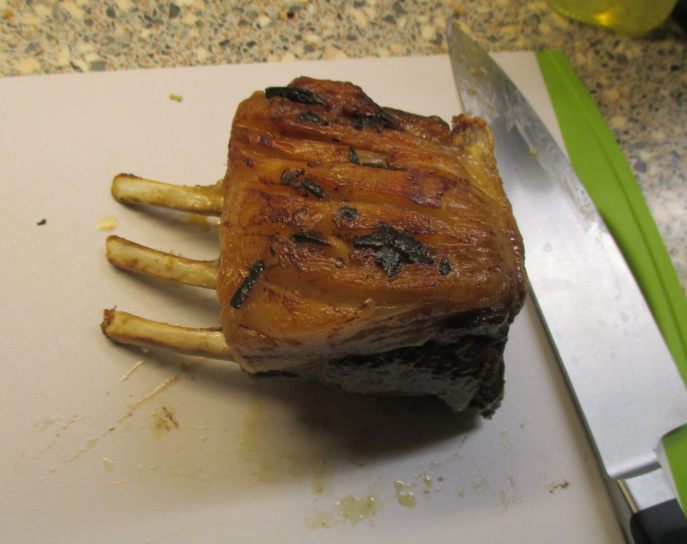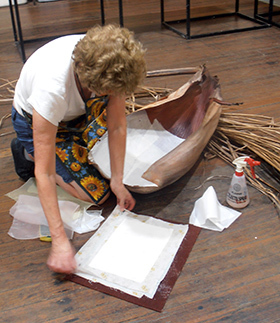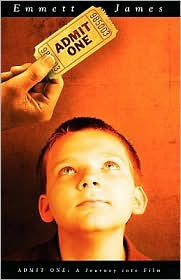Writing my previous post about the pernicious publishing practices which have emerged in Australia in this post-Amazon age, I found myself reflecting on that Australian literary and political figure Bob Ellis. Near the end of his life (he died at his beloved Palm Beach home in April 2016) he gave a radio broadcast about the things he thought had gone on in his life, and in the world.
The thing he emphasized most was how important his early life in small-town Lismore had been, and how much he regretted the way he had lost contact with that tight-knit community-based world – a world when you knew everybody’s family and they all knew you, back for generations. Where families intermarried and feuds occurred and events were celebrated and sins were forgiven. Of course we know it isn’t like that any more – the horrors of small-town and rural life seem far worse now than before – family murders, suicides, drug addiction, child abuse and the rest of it – but the virtues of that former way of life seem ever more compelling to those who left it behind in the heady rush of postwar modernity.
I was a little disappointed in Bob’s book, not because the individual essays and articles weren’t interesting but because I had hoped for something more like an autobiography or memoir. Writing about the times you are in bears the signs of its era. Reflecting back on what you did and thought and why, as in a memoir, highlights the peculiar quality of early life commitments and decisions. What seems self-evident at one time may turn out to seem very peculiar three decades later. From Bob’s radio broadcast I felt he had definitely been in a state of reconsideration, and this book sometimes let you glimpse that, but more would have been welcome. Also, as in life, Bob just couldn’t stop himself namedropping so the reader knows how chummy he was with the great, the good and the famous not-so good.
Bob Ellis was an Australian literary figure, even an icon, whose legacy may disappear quickly. He was a genuinely strange person.
I knew Bob back in his Sydney Uni days, when he hung around with those two great poets Les Murray and Geoffrey Lehmann. Bob was generally long-haired and shabby. Les was fat and looked like a farmer, which in fact he was. Geoff was immaculately be-suited and always elegant and polite. They were an ill-assorted trio. Les went on to become a right-wing identity and Poet Laureate, while Geoff went on to be a lawyer as well as a poet. Bob became ever more leftish, cultivated all his important connections and wrote plays and books.
 Young Bob Ellis (ABC)
Young Bob Ellis (ABC)
Although I met and talked to him many times at pubs and parties, he generally ignored anybody who wasn’t important or political. I hadn’t seen him for well over a decade, during which time I had spent two years living with Aboriginal people in the desert. Then, to my amazement, there he was at Maralinga, at the Royal Commission into British Nuclear Testing, 1984. I had been asked to act as the Royal Commission’s anthropological advisor, reporting directly to the Commissioner. “Diamond Jim” McLelland was an august and controversial legal figure with his dapper suits and air of absolute superiority. Renowned as a supporter of Gough Whitlam and accused of extreme Leftism by various Australian rightists, he went on to front the Land and Environment Court. 
In the remote flyblown deserts of Northwest South Australia, he fitted in with grace and generally good temper, sitting under flimsy shades among the Aboriginal witnesses, squatting around campfires, and walking unconcernedly through the plutonium fields. I went wherever he went and listened to all the evidence. I suggested questions he might like to ask the Yankuntjara and Pitjantjara speaking people and commented if the translations to and from English seemed inadequate or wrong. Unlikely as it seemed, Bob Ellis was there too. He was there to write a book, he said. He and Diamond Jim seemed to be best mates, and Bob was permitted to attend all the hearings out in the desert. Bob, who was constantly shambling, shuffling and disordered, behaved with his typical contempt for almost everyone. He did try to converse with the Aboriginal witnesses but they had no idea who he was and thought he was just another lunatic white man. Again, he paid no attention to other white people, including me.
I have just finished a long story – novelette length – about Maralinga for my new collection of stories, Radiant Sands, which should be out in a month or two. In Bob’s collected works was a long piece he had written about Maralinga, which I had never seen or even been aware of previously. So I wanted to buy the book to see what his recollections of the event turned out to be, which is what prompted my previous post.
 Edie Milipudi, one of the important witnesses at the Maralinga hearings. Bob writes about her horrific story in his article.
Edie Milipudi, one of the important witnesses at the Maralinga hearings. Bob writes about her horrific story in his article.
It was a scattered collection of observations. Bob seemed to have attended most closely to the Aboriginal evidence and was able to convey the extraordinary quality of the desert hearings, although the details were sparse. It was a good piece, and I enjoyed reading it.
My own fictional novelette, Last Patrol, to appear in Radiant Sands, is nothing like this. The people Bob Ellis heard and saw were the same groups of people who appear in Last Patrol, but I was trying to restore the realities that lay behind the formality and structured context of a legal hearing. I fictionalised a part of the story which I believed to be true and invented a character who was a composite of all the Patrol Officers I had met and heard about during my years in the desert. I had no reason to question the account of many people I knew well that their relatives had still been living in the far bush during the early 1950s, and that some had perished in the bomb blasts.
I attempted to persuade the Counsel Assisting the Royal Commission to follow up this line of questioning. Many witness statements agreed that there had been people coming in from the far north-west at the time of the first tests, relatives who had never been seen again. But it was a step too far. There was no way of getting direct evidence or witness statements, since, were this a true story, nobody had survived. And maybe it opened up too great a can of worms, even for this enquiry.
Nobody who hadn’t been there could really grasp what had happened. Aboriginal life in the desert in the early 1980s was not so long ago. People had told each other stories, and these stories had passed along the chain of story-telling far to the north and west and around the desert. The criteria of “truth” in a legal case depends on a certain kind of evidence: this, but not that; here but not there. That’s not the way Aboriginal people think, nor is it the way their world is constructed. Even the “black cloud” evidence was not fully convincing to the judge and the legal team. The “missing relatives” story would have been even less so.
Memories and stories have their own rationale; memoirs and autobiographies move to a different rhythm and call for a different kind of truth. Writing about a historical event through fiction is a truly strange form of knowledge-creation. I tried it and liked it but it still makes me feel uneasy. Readers can make up their own minds when the book comes out but in the meantime I have put a short excerpt from the story on this site, under “Fiction” – “Radiant Sands”.
Share this:






